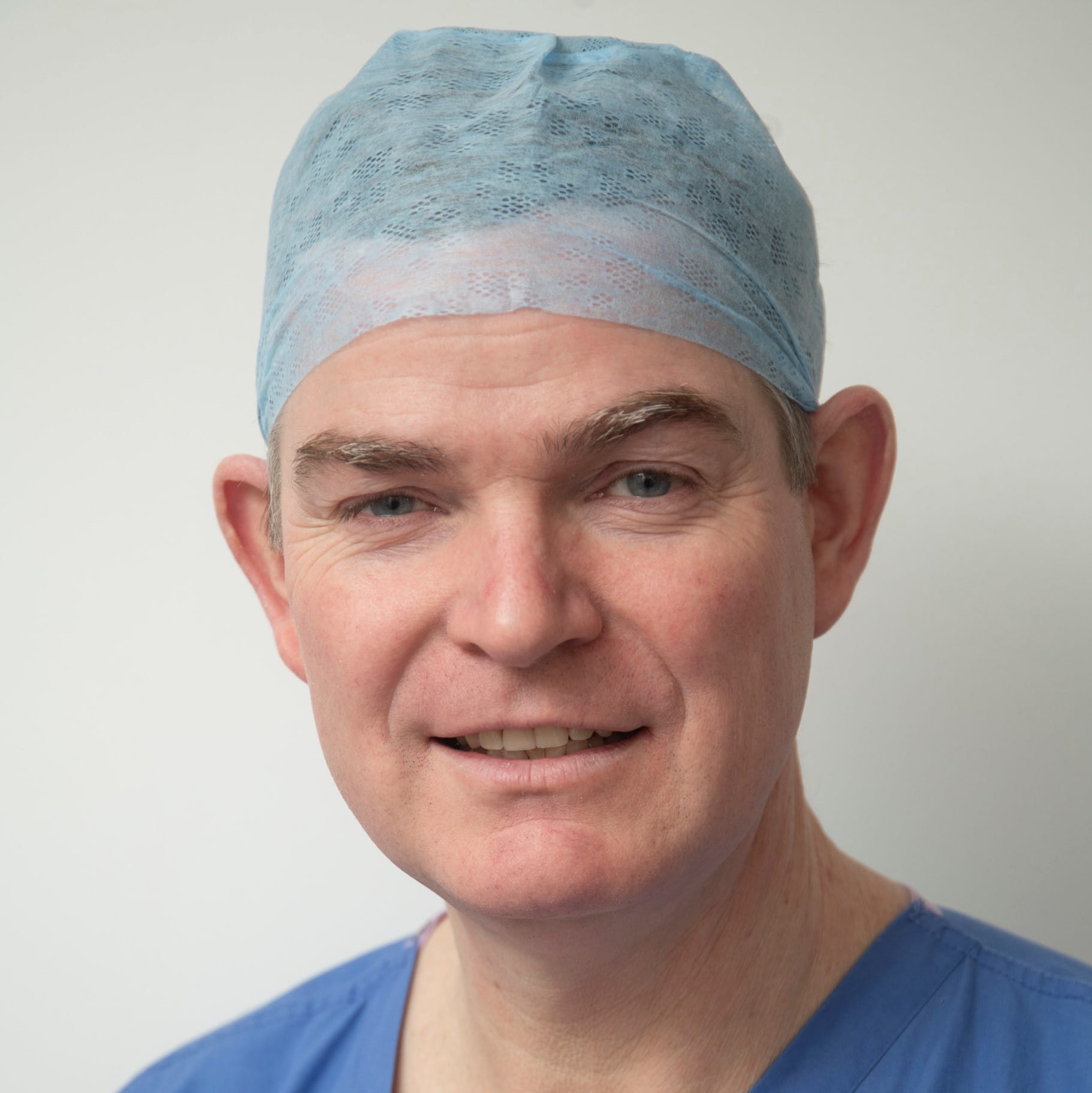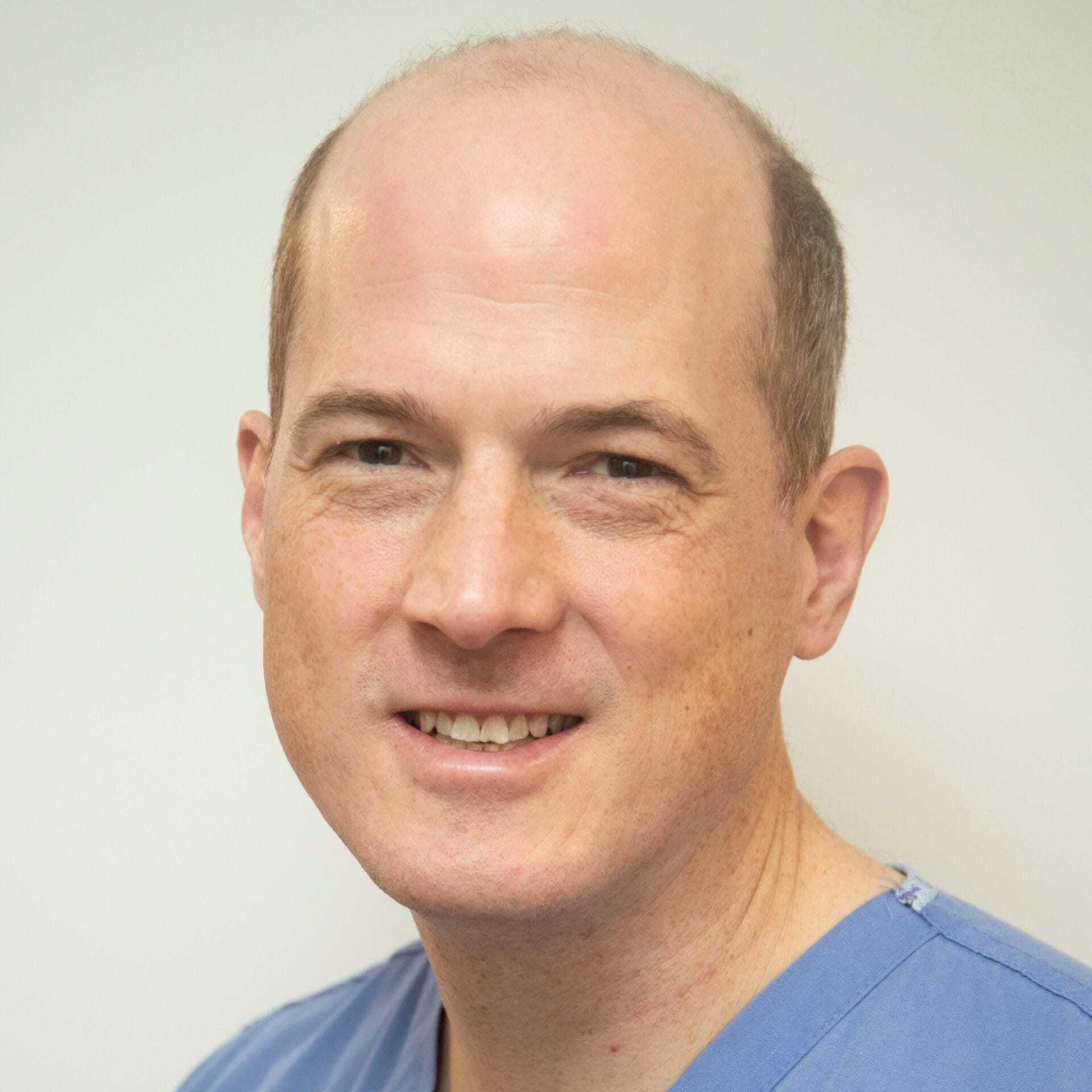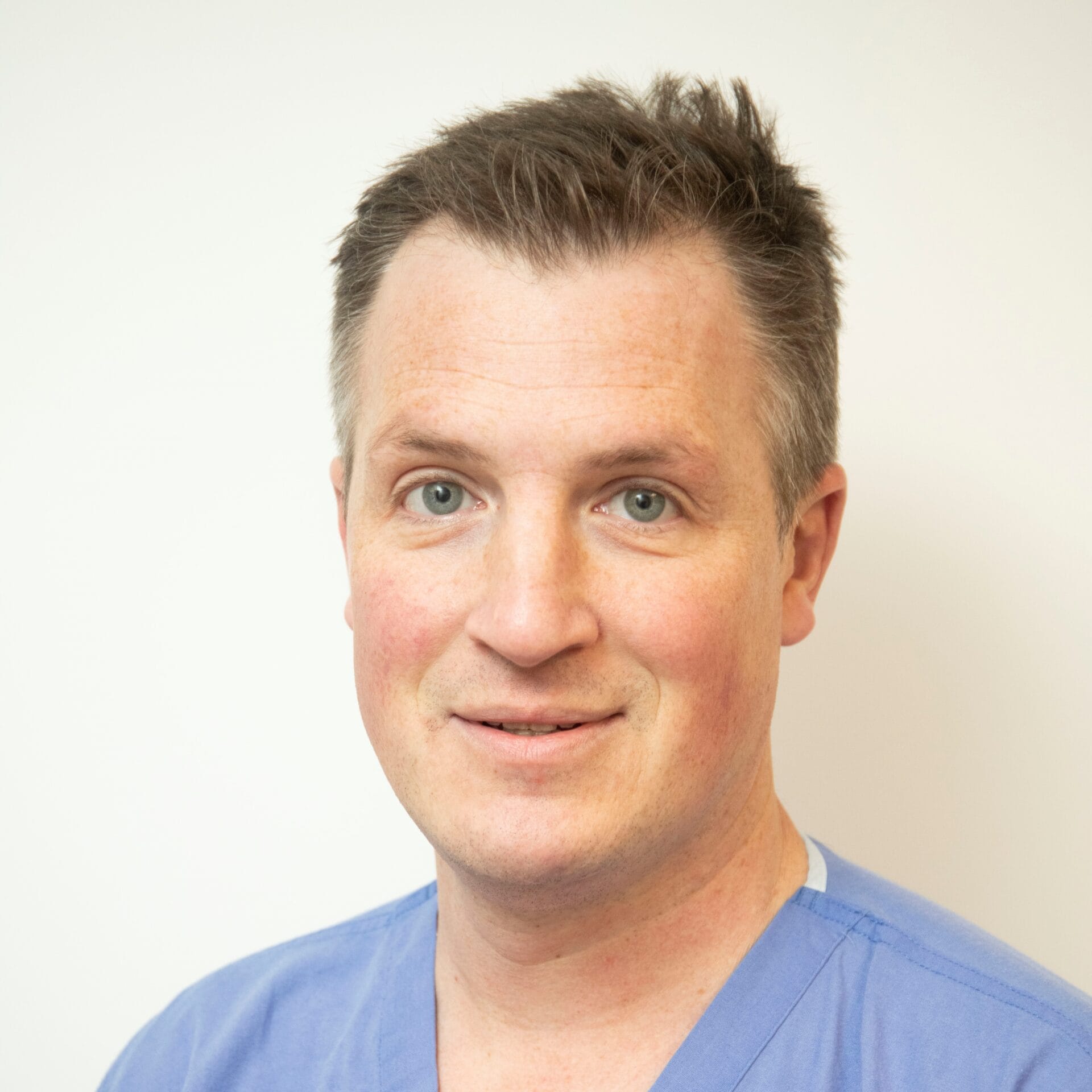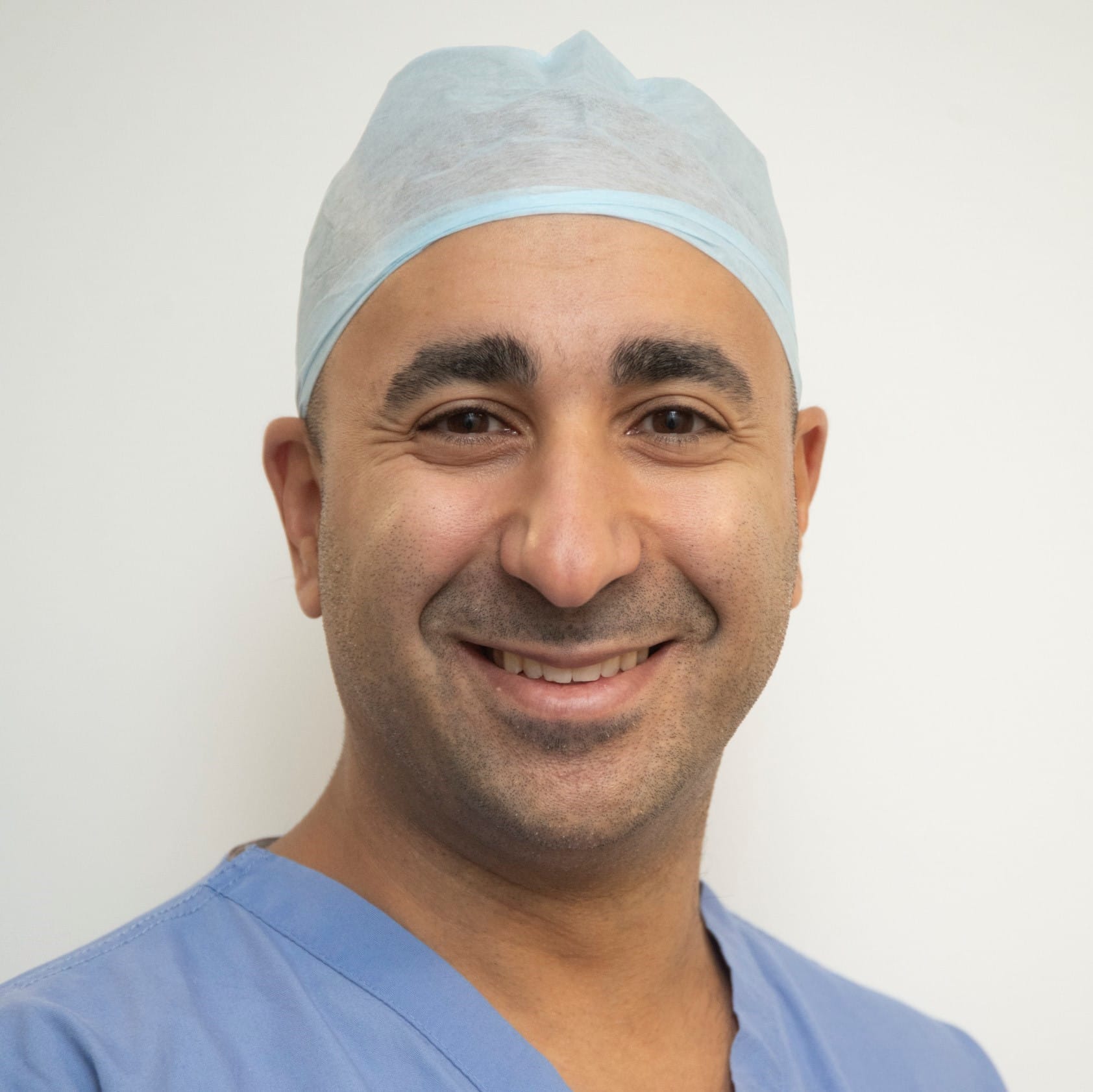ACL reconstruction – keyhole surgery
Anterior cruciate ligament (ACL) reconstructions are performed at SWLEOC by leading UK surgeons.

A knee anterior cruciate ligament (ACL) reconstruction is a surgical procedure to replace the torn ACL in the knee joint.
It aims to improve patients quality of life and function who suffer from a ligament rupture (usually from playing sport) once physiotherapy and rehab have failed to give you the function you need.
Why would I need an ACL reconstruction?
1.
Patients rupture their anterior cruciate ligament during a twisting motion usually from sport or an accident
2.
The initial symptoms include knee swelling and pain which prevents you from continuing the activity you were performing
3.
Not everyone who suffers an ACL rupture requires surgery. Some people including professional athletes can get enough stability in the knee from extensive rehab and physiotherapy
4.
If you have been unable to return to sport or you lose confidence in your knee joint and feel like it will give way when you turn it may be time to consider surgery to have the ligament reconstructed
Risks
All surgical procedures have risks associated with them, some of the specific ones are listed below. You will have a detailed discussion with your surgeon about:
- Bleeding and blood clots which can be life threatening but are rare and we have measures in place to keep you safe
- Infection which in SWLEOC is lower than the national average.
- Knee stiffness after the procedure is common and physiotherapy is required. It takes 9-12 months for return to sport from an ACL reconstruction
- Need for further surgery or to have the surgery done again if the ligament fails or becomes infected
Recovery time
0-3 Days
Walk on day 0 with crutches but fully weight bearing. Discharge from hospital the same day
2 weeks
2 weeks increasing range of motion and off crutches unless had a meniscus tear
6 weeks
Walking without crutches into clinic for review at 6 weeks with a full range of motion












